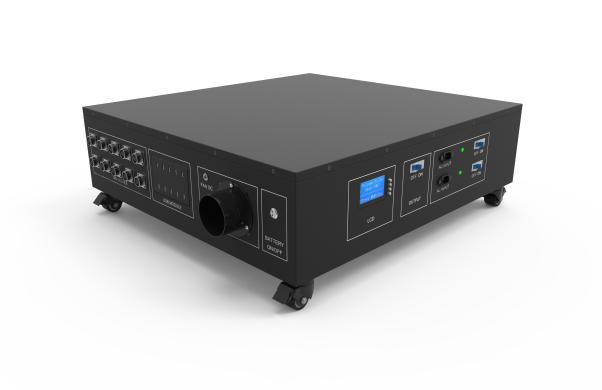- 17
- Nov
What are the common safety risks of rechargeable batteries?
There is still a lot to learn before we use lithium as an energy source. Nothing is more important than safety. You have to be careful no matter what battery, don’t you think? Start sharing your knowledge before the formal test
What are the common bad phenomena of batteries?
The positive and negative electrodes of the battery are in contact with the metal
External short circuit fire
Appearance damage (scissors, perforations)
The battery was hit (falling down, falling down)
1. Why is the battery bulging?
Overcharge, over discharge, use of electrical equipment, etc.
Storage time is too long (more than 15 days)
long-term storage at high temperature,
external short circuit
The protection board discharges itself, causing the battery to over-discharge
puncture, crush
The kneading process is used, or the welding time is too long
The working current exceeds the nominal value of the battery, which causes the battery to be overloaded, which leads to damage and swelling of the battery
2. When is the battery pressure low or low?
Battery capacity, internal resistance, voltage mismatch
Welding short circuit, ignition, causing large self-discharge
External damage: knock, deformation, etc.
Internal micro short circuit, resulting in large self-discharge
The battery pack may be overcharged, overdischarged or overdischarged during use.
Note: If all the batteries in the battery pack have low voltage or zero power at the same time, it is mostly a non-battery quality problem, such as high self-consumption of the protection board or excessive discharge of the battery pack during operation.

3. The battery is not charged or the charging time is too long
Welding false welding, internal resistance
Protection board is damaged
The voltage difference of a single battery in the lithium battery pack is too large or zero
The charger is defective or damaged
4. How did the battery catch fire?
Overcharge and over discharge
Battery damage caused by external force (such as punctured, dropped)
External short circuit: short circuit of anode, cathode and protection board devices

Internal short circuit: dust or burrs pierce the diaphragm
Congratulations! If you answer these five questions incorrectly, you may lose thousands of dollars! Of course, students with 0 points should not be discouraged, quickly take out the notebook, listen carefully, and save the full text. Save more than 200 minutes within a minute. !
